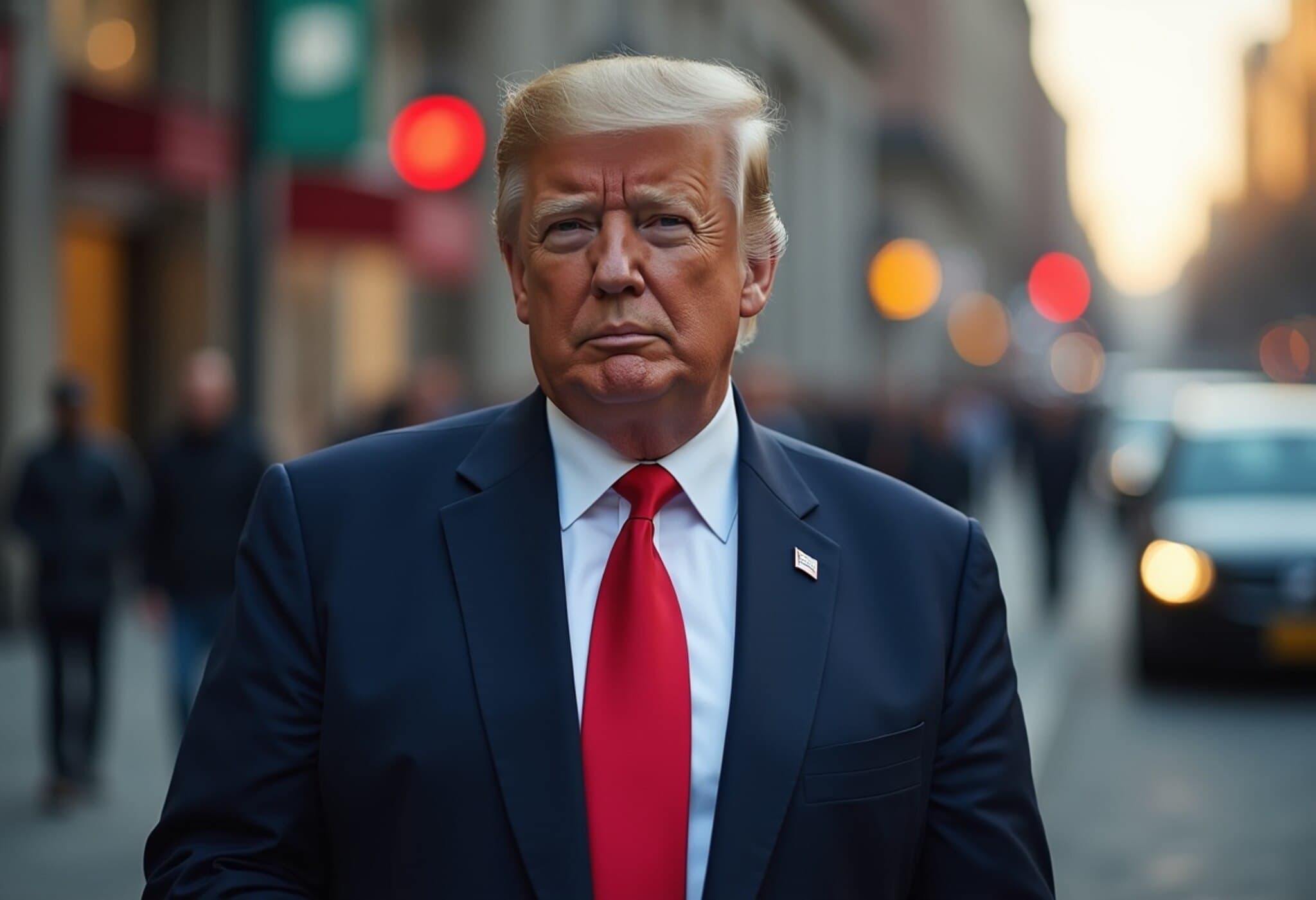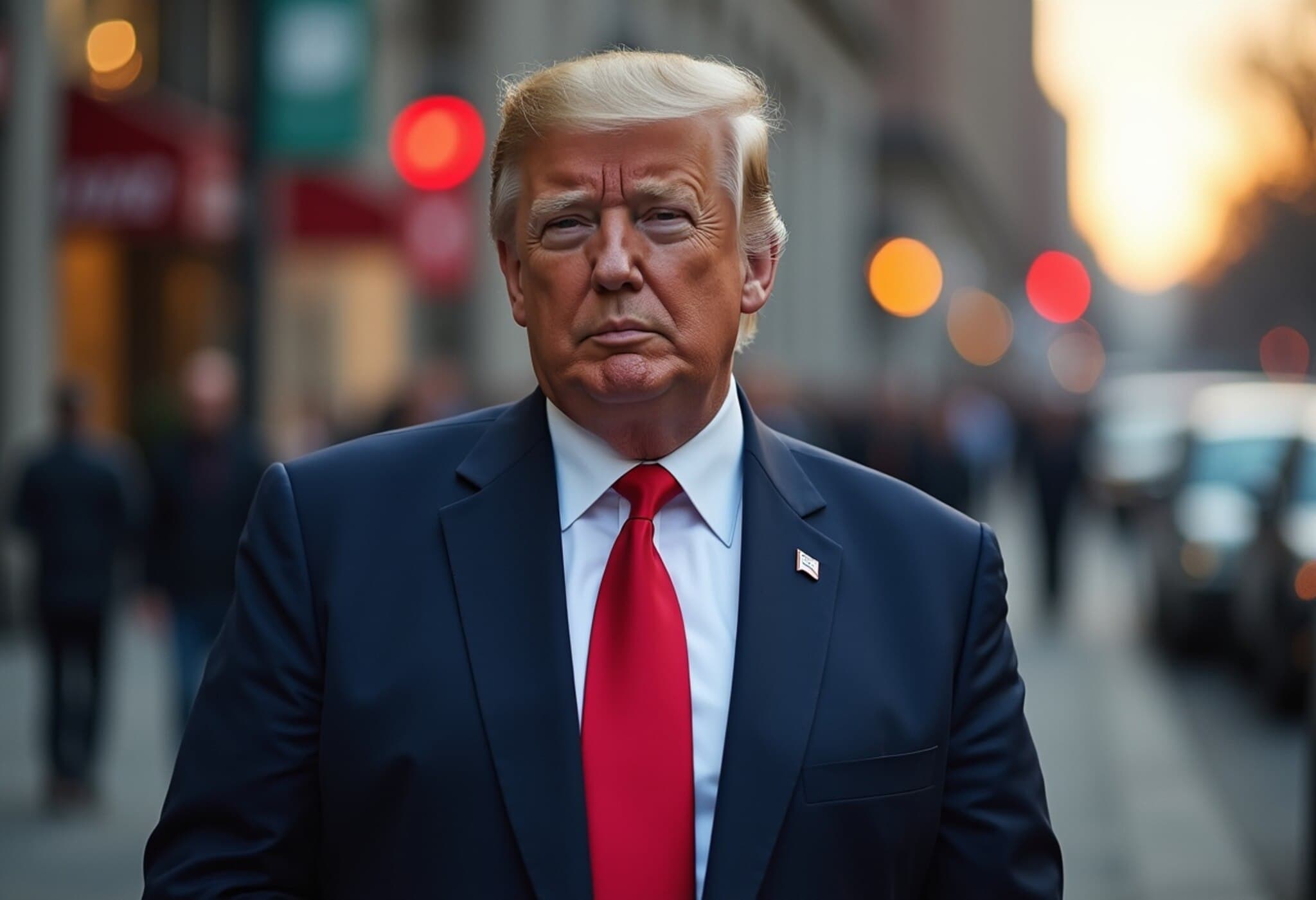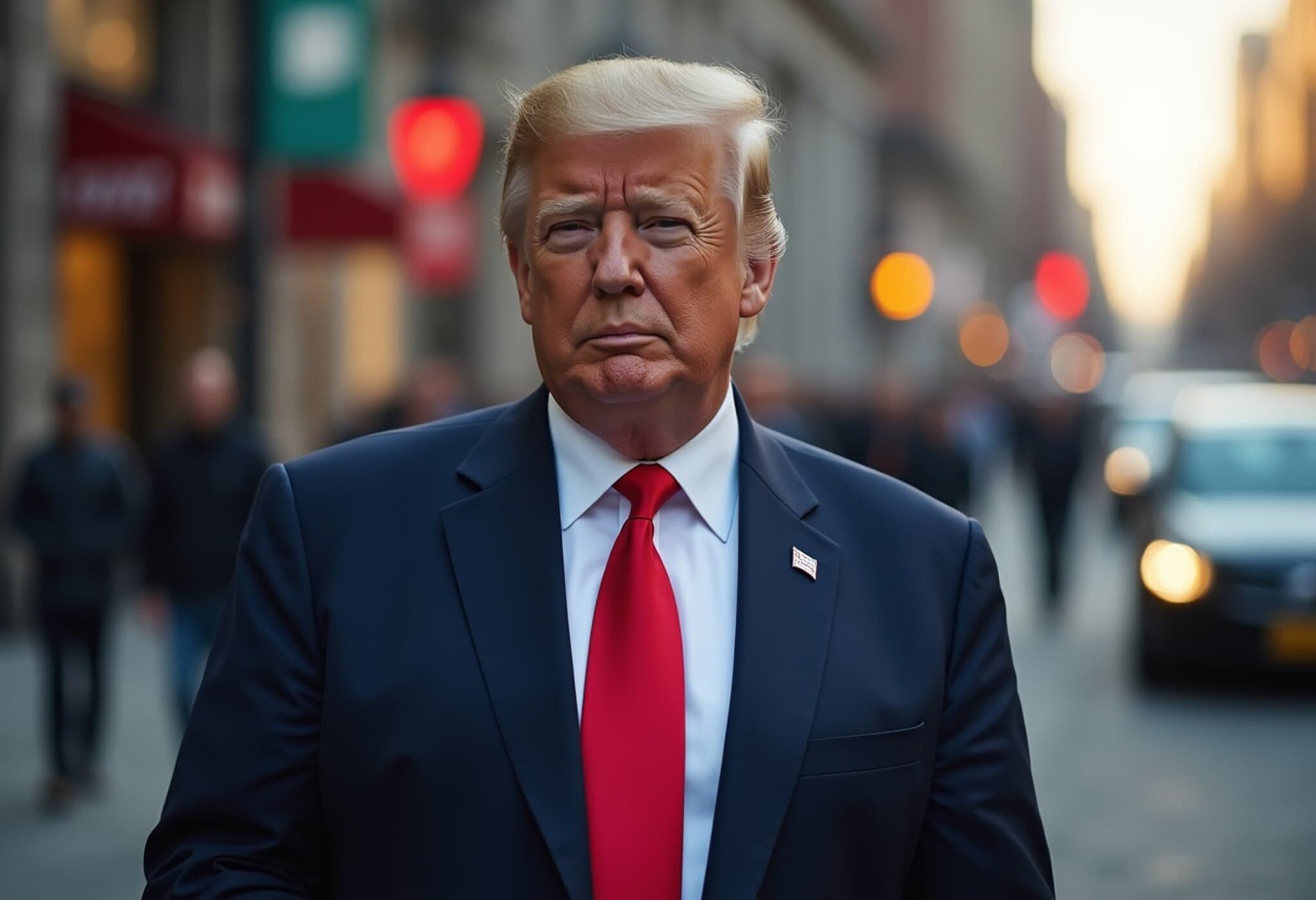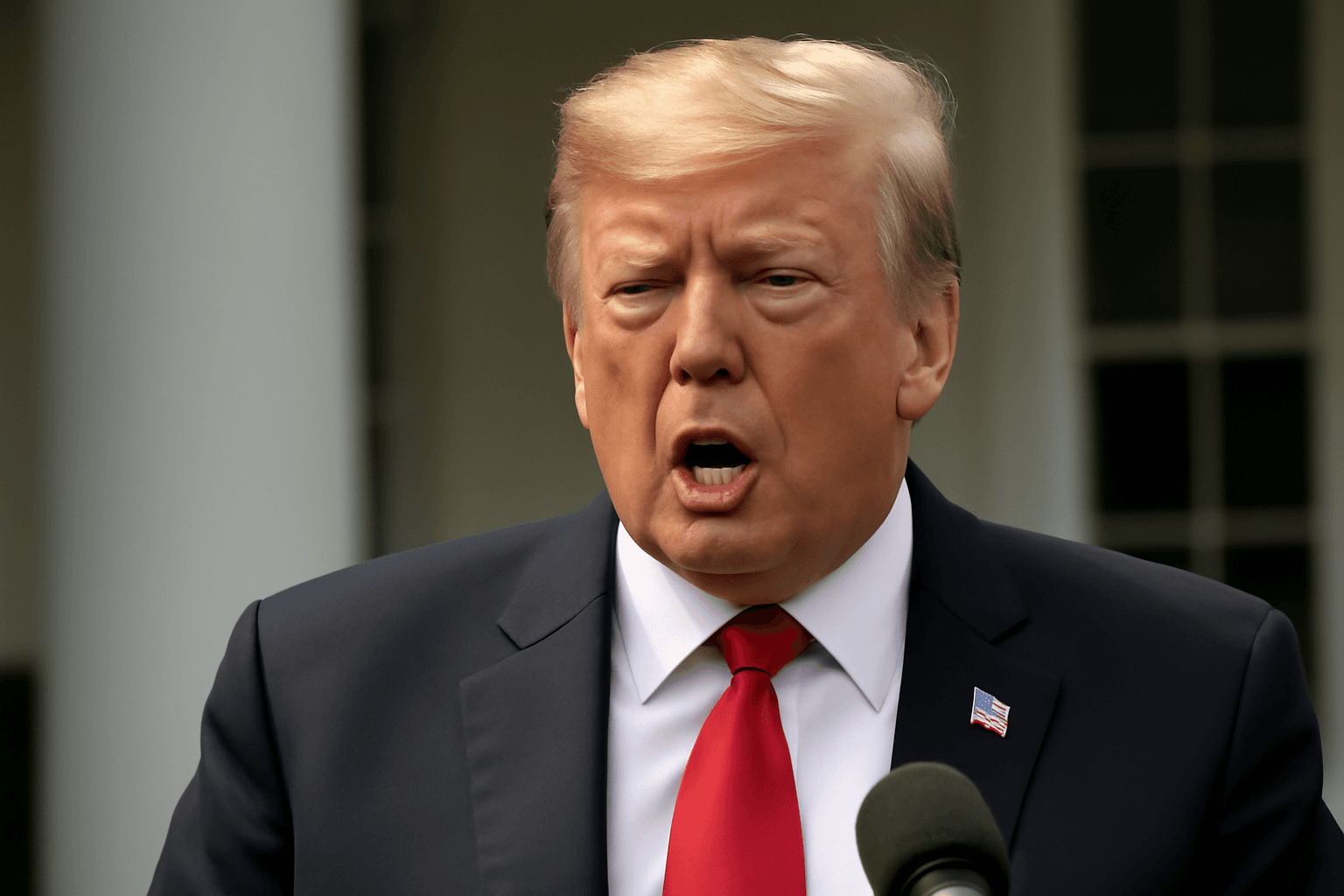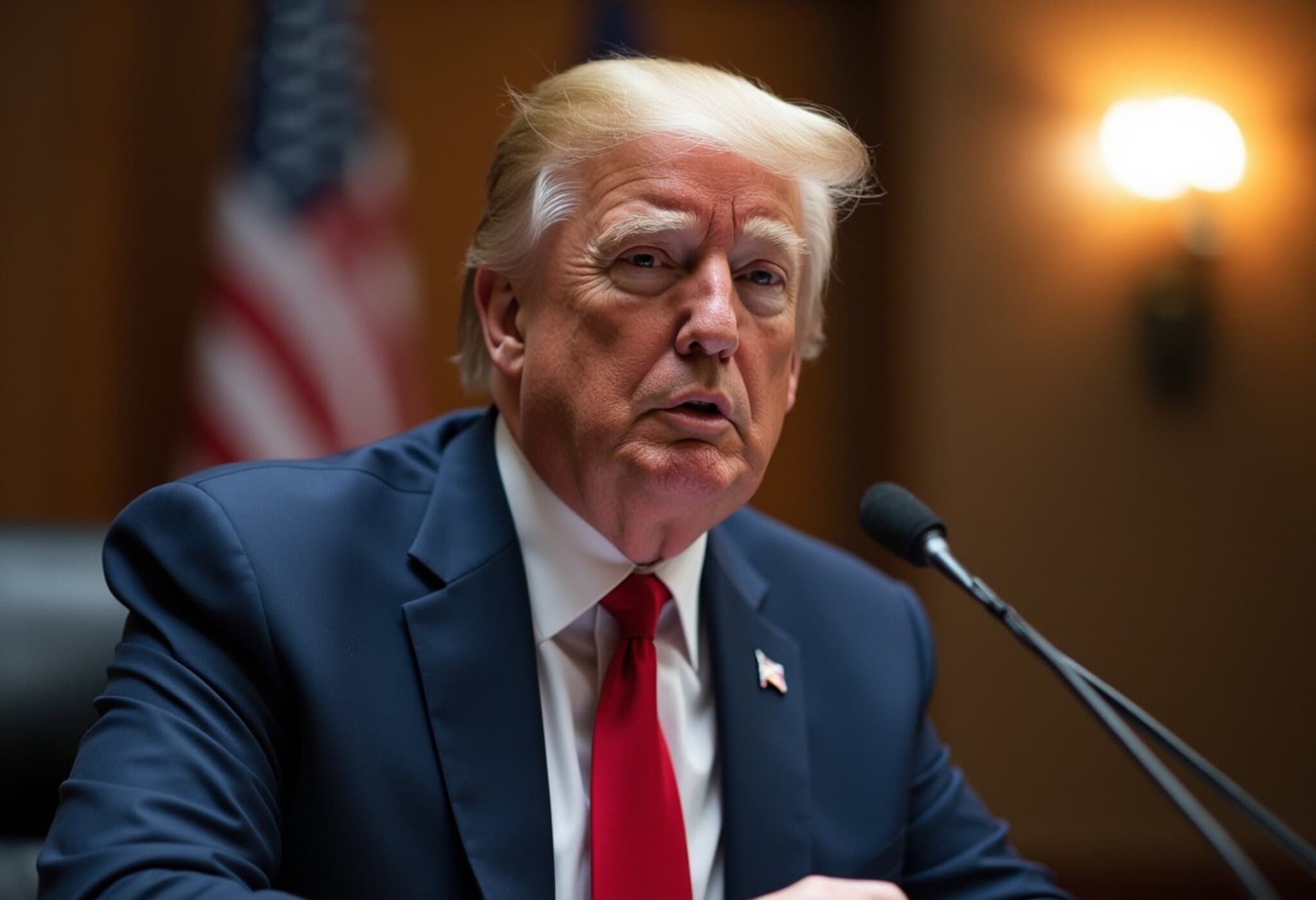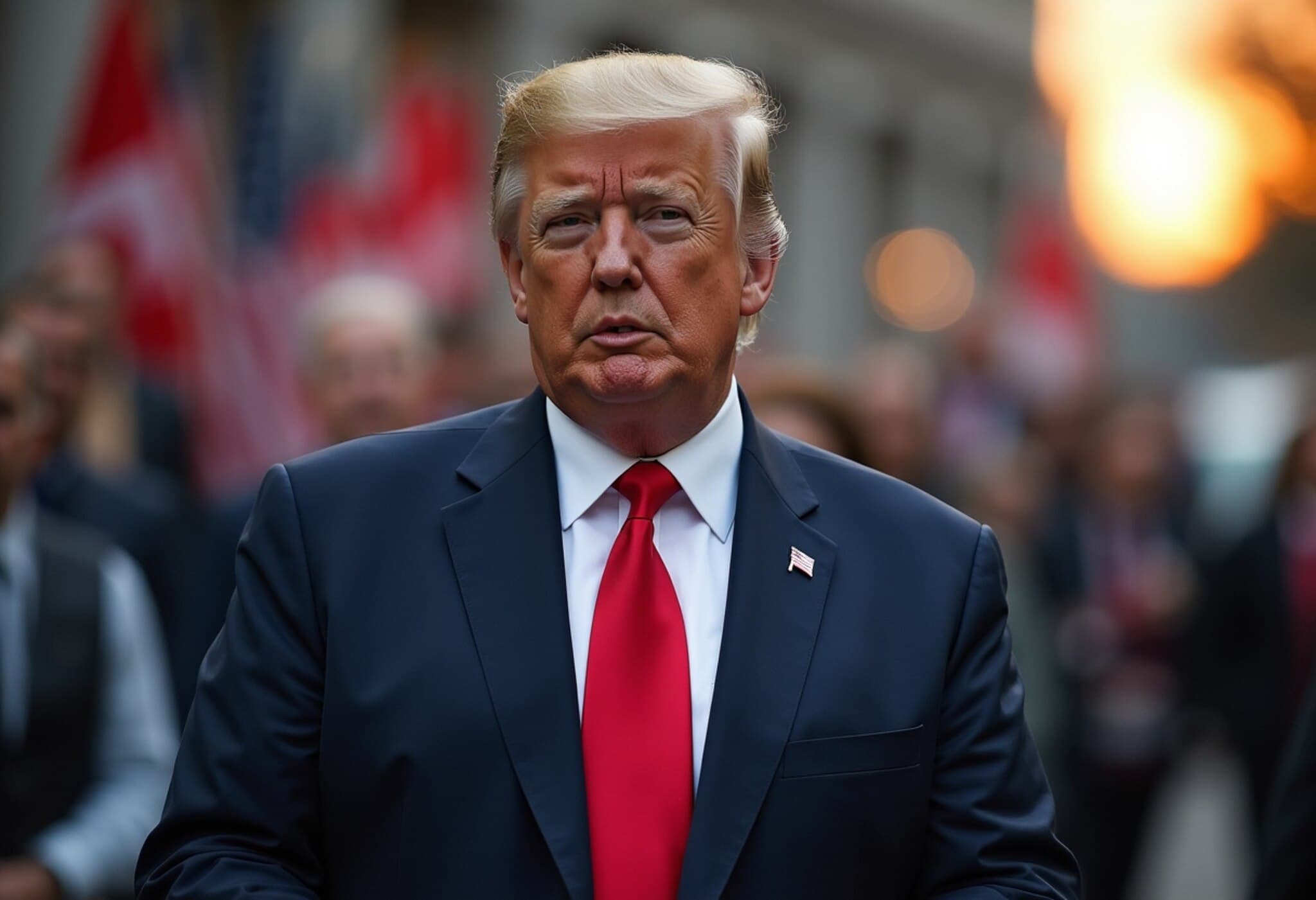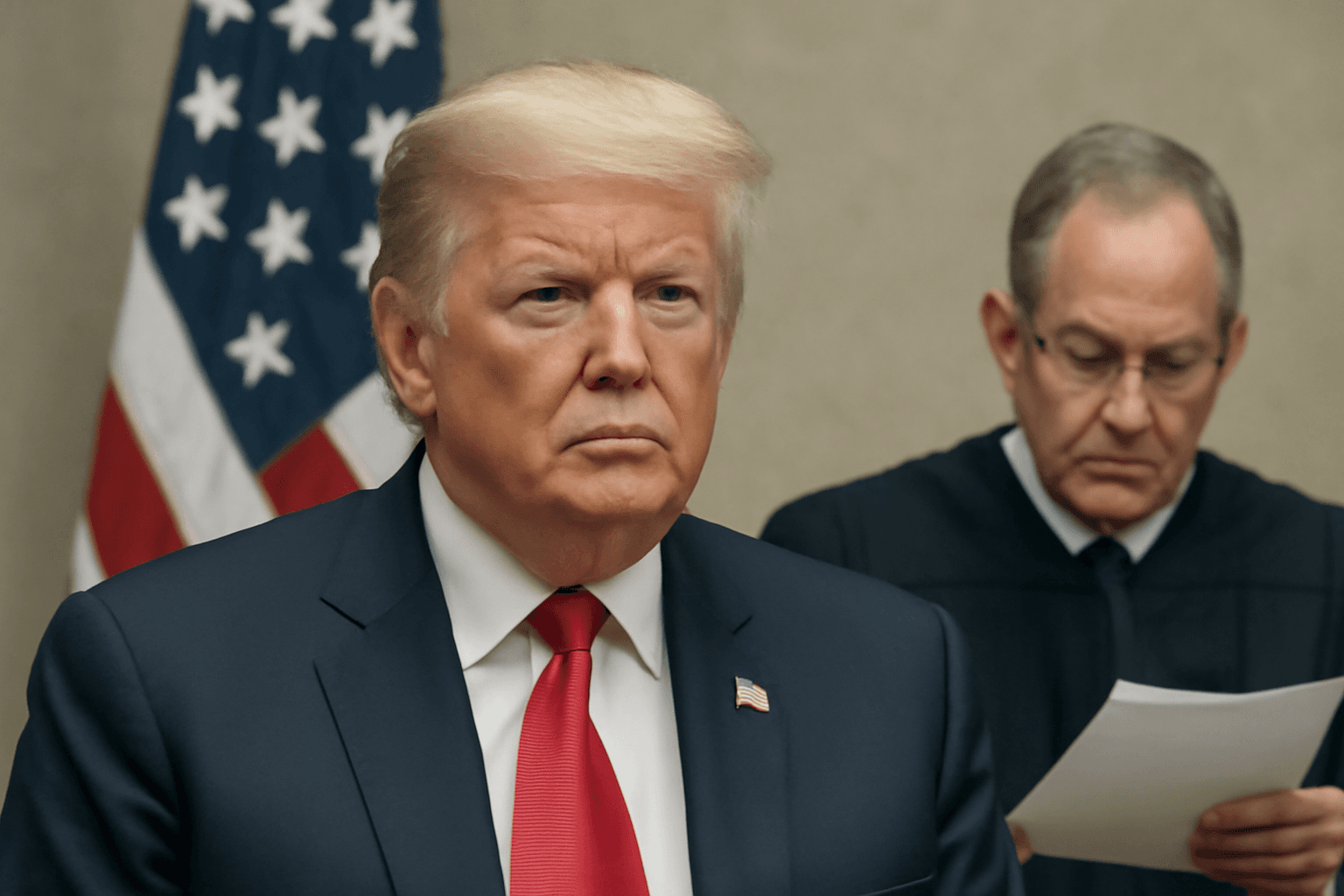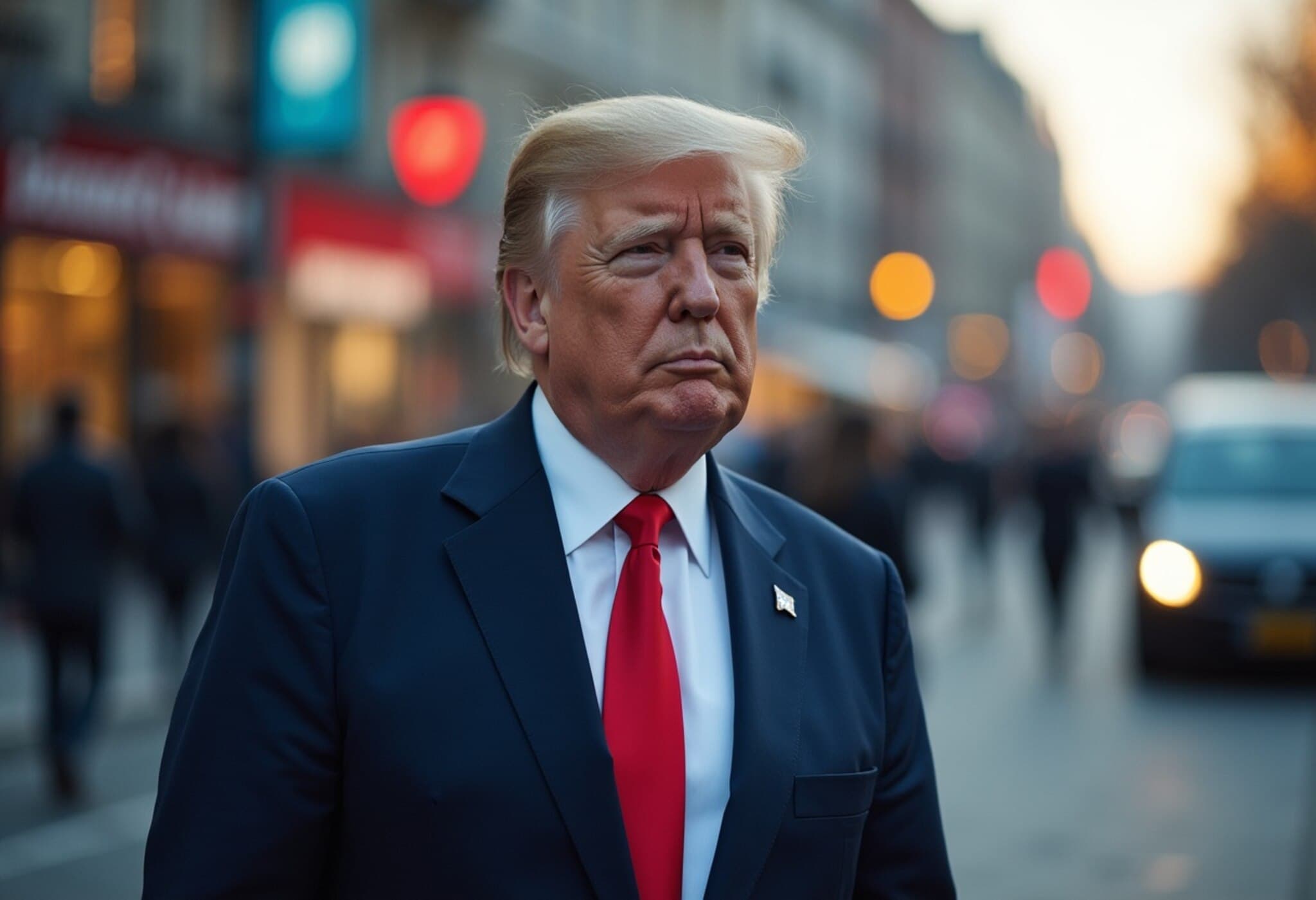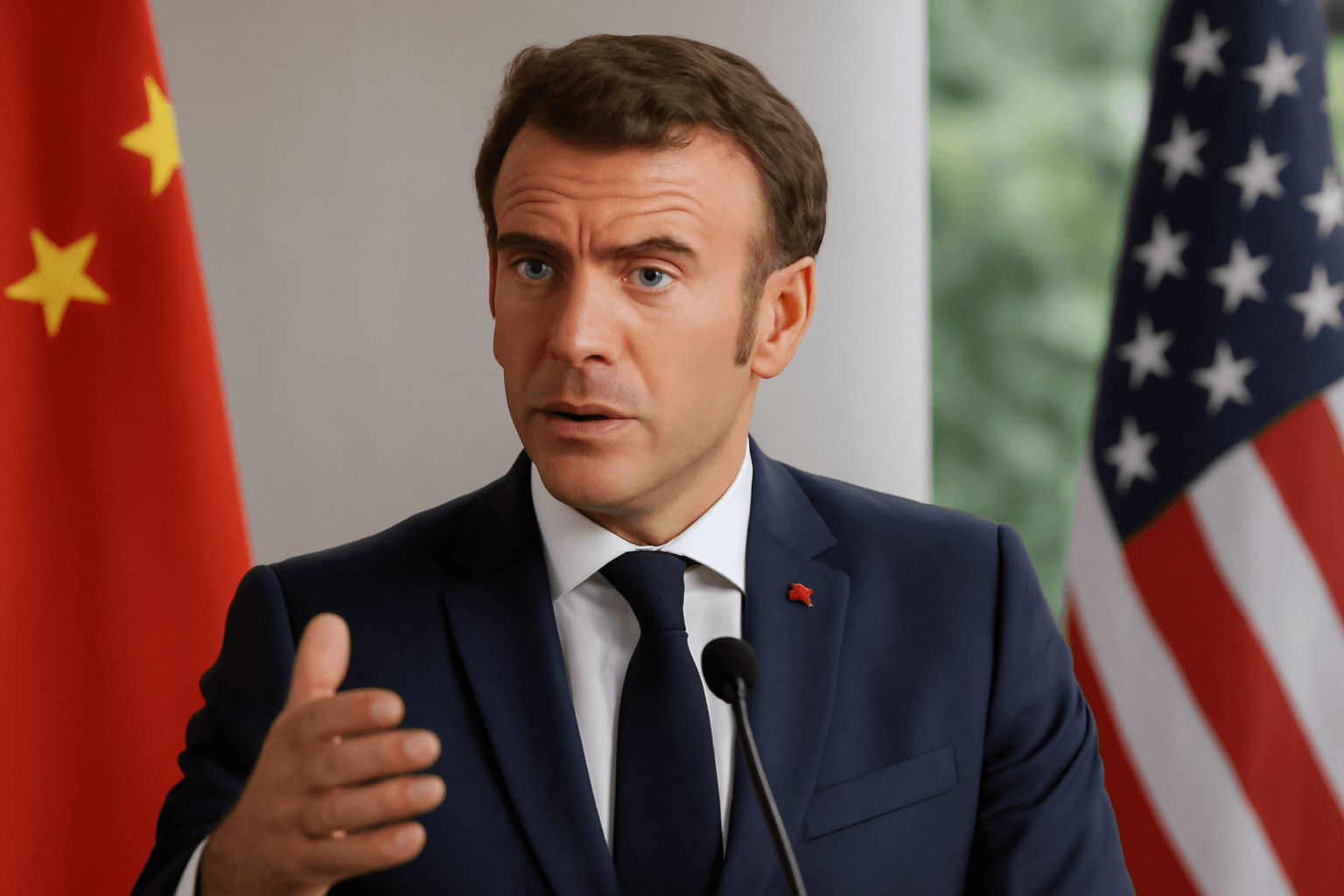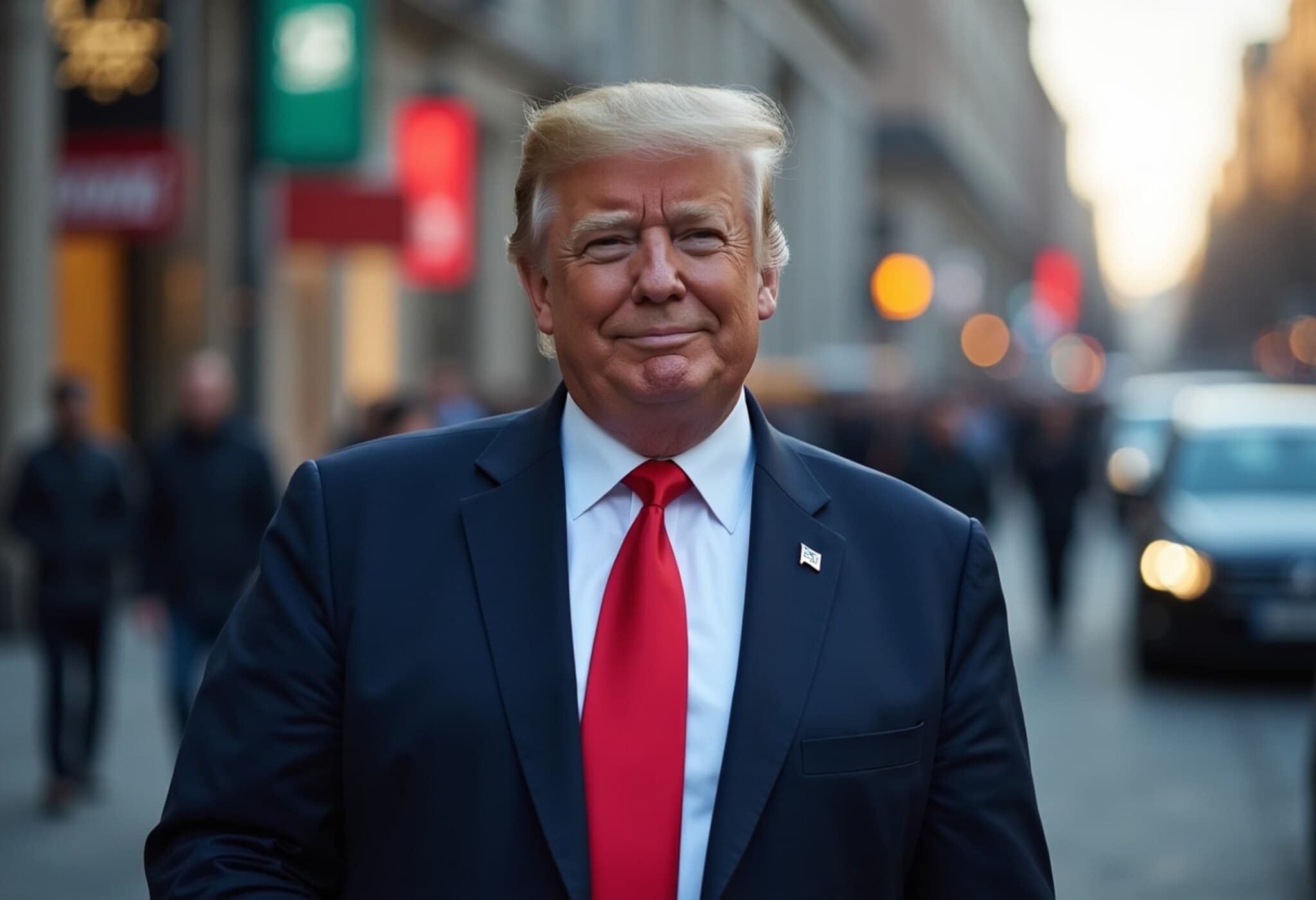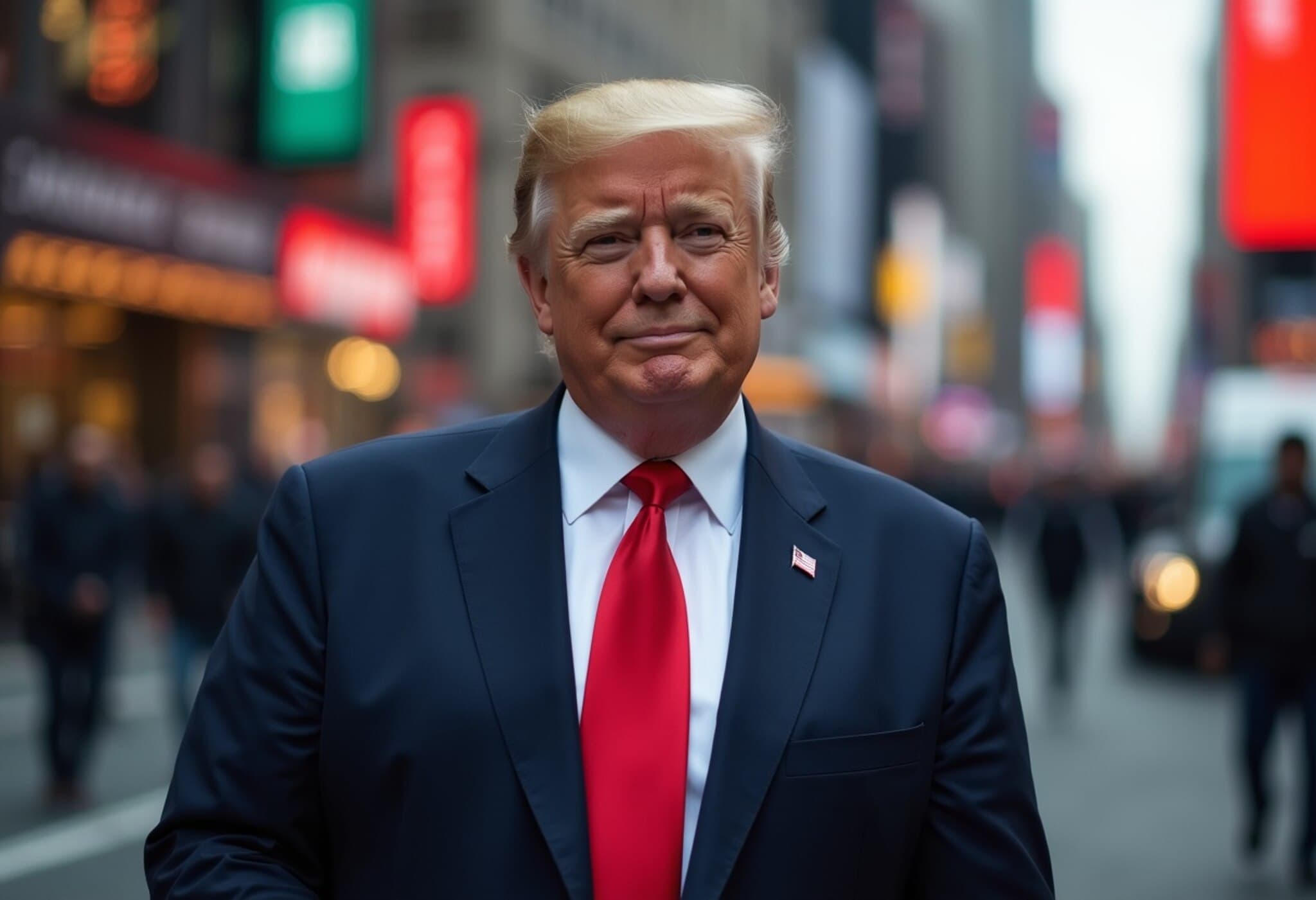Trump Announces 30% Tariffs on European Union and Mexico Effective August 1
In a bold escalation of trade tensions, former President Donald Trump announced on Saturday that the United States will impose a 30% tariff on imports from the European Union (EU) and Mexico, starting August 1, 2025. The announcement was made through formal letters addressed to European Commission President Ursula von der Leyen and Mexican President Claudia Sheinbaum, which Trump shared publicly on his social media platform, Truth Social.
Details of the Tariff Announcement
Trump emphasized that while Mexico has cooperated on border security, it has not gone far enough, explaining his rationale for the increased tariffs. He stated specifically in the letter to Mexico's president: "Mexico has been helping me secure the border, BUT, what Mexico has done, is not enough."
Additionally, Trump signaled a punitive stance against retaliatory measures, warning both the EU and Mexico that any increased tariffs they impose in response would be met with an equivalent addition on top of the 30% tariff. "If the EU or Mexico retaliates with higher tariffs, whatever number you choose to raise them by, will be added on to the 30% that we charge," he wrote.
However, Trump offered an economic incentive to the EU by exempting from tariffs any goods that the bloc or its companies decide to build or manufacture within the United States. This highlights a continued focus on encouraging domestic production and protecting American jobs.
European Union Reacts with Concern Over Transatlantic Supply Chains
European Commission President Ursula von der Leyen responded swiftly, warning that such steep tariffs could severely disrupt vital transatlantic supply chains. In a public statement, she said, "Imposing 30 percent tariffs on EU exports would disrupt essential transatlantic supply chains, to the detriment of businesses, consumers and patients on both sides of the Atlantic."
Von der Leyen also expressed continued willingness to negotiate, emphasizing that the EU remains "ready to continue working towards an agreement by August 1." Simultaneously, she indicated that the EU is preparing to take "all necessary steps to safeguard EU interests," including proportionate countermeasures if the tariffs are implemented.
Context: A Broader Pattern of Tariffs and Trade Disputes
This latest move comes amid ongoing friction between the United States and multiple trading partners. Trump's administration previously issued blanket tariffs ranging from 20% up to 50% on goods from countries like China, Japan, Brazil, and others as part of a broader strategy to recalibrate global trade relations toward what Washington describes as more "reciprocal" terms.
The new tariffs build on the controversial 10% global tariff introduced on April 2, 2025, which faced immediate backlash and market disruption, prompting a 90-day pause. Although the administration anticipated signing up to 90 new trade deals during that pause, only preliminary agreements with the EU and Mexico have materialized so far.
Trump recently announced plans to raise the baseline tariff rate further, potentially up to 20%, signaling a hardening stance on trade issues.
Economic Implications and Domestic Impact
The EU is the United States’ largest trading partner collectively, with U.S. imports from the EU totaling over $553 billion in 2022. These tariffs risk undermining not only diplomatic relations but also the complex web of supply chains critical to industries ranging from automotive to pharmaceuticals.
For the U.S., higher tariffs may protect some domestic industries in the short term but could raise costs for American consumers and businesses reliant on imported intermediate goods. The tit-for-tat nature of trade wars also raises concerns about escalating retaliation that could spiral into broader economic harm.
Expert Analysis: The Stakes of Tariff Diplomacy
Trade policy experts warn that while tariffs can be effective negotiating tools, they often carry unintended consequences. Dr. Alicia Fernandez, a trade economist at Georgetown University, notes, "Tariffs risk alienating key allies at a time when global cooperation is crucial, particularly as supply chain resilience and economic recovery from recent global disruptions remain fragile. The U.S. must weigh the short-term gains against long-term strategic partnerships."
Moreover, the move underscores the ongoing challenge in balancing border security concerns with economic diplomacy, as seen in Trump's message to Mexico regarding border assistance.
Looking Ahead: Key Dates and Questions
- August 1, 2025: The new tariffs officially take effect.
- Negotiations: Whether the EU and Mexico can reach agreements to forestall or mitigate tariff implementation remains uncertain.
- Potential Retaliation: What specific countermeasures the EU and Mexico may implement and how the U.S. will respond.
- Economic Impact: How these tariffs will affect U.S. consumers, businesses, and the broader economic recovery.
Editor's Note
This development marks a significant intensification of U.S. trade policy under Trump’s administration, posing complex challenges for international cooperation and economic stability. Readers should consider the broader context of global supply chains and diplomatic relationships when evaluating the impact of these tariffs. As tariff diplomacy unfolds, the balance between protectionism and partnership will likely shape the future trajectory of U.S. economic and foreign policy.
Stay tuned for updates as negotiations progress and new developments emerge.

